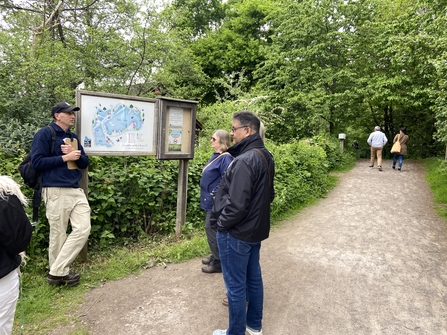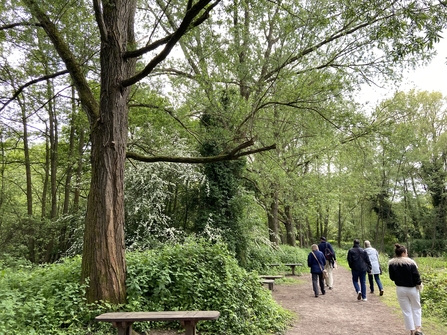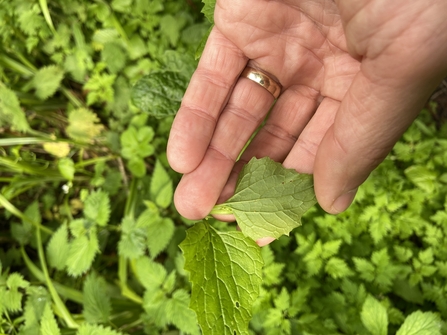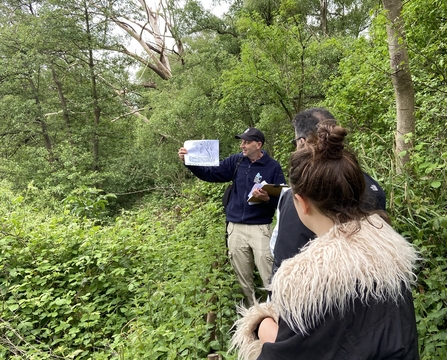I was lucky enough to embark on a fascinating safari adventure right in the heart of Kent, where I was immersed in the rich flora of Sevenoaks Wildlife Reserve while discovering unknown edible delights and uncovering the captivating folklore and fantasy behind the plants that are found there.
Joining me on my safari adventure were two keen birdwatchers, a landscape architect and even a KWT volunteer, as well as our expert safari guide Paul who is the Kent Wildlife Trust Area Warden for Sevenoaks and the surrounding area. We started off learning about the history of Sevenoaks Wildlife Reserve, which was established in 1935 as a pioneering site for conservation. Between 1960 and 1974, the family of Jeffrey Harrison planted 30,000 trees, and by 1966 the reserve was designated as a Site of Special Scientific Interest for its iconic breeding bird population that makes use of the five lakes created from the old quarry site.









